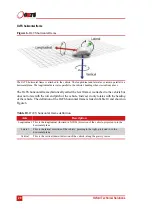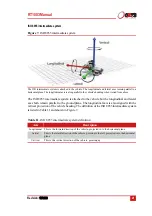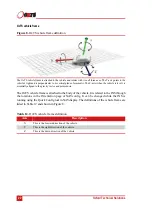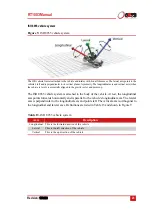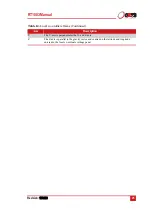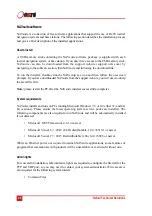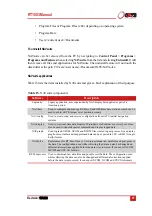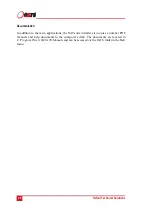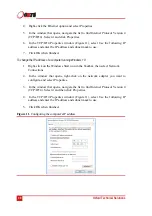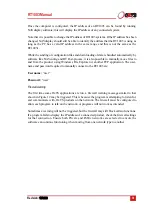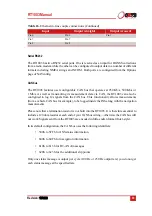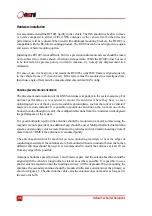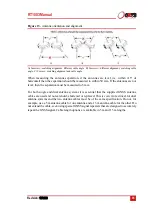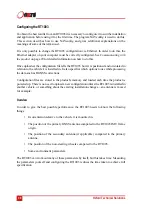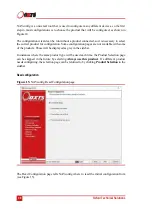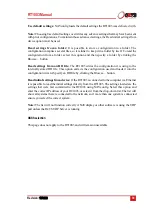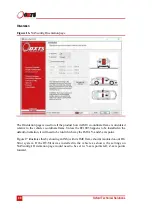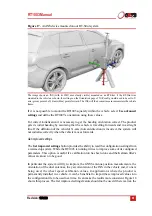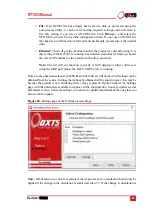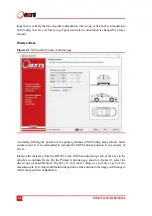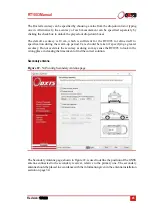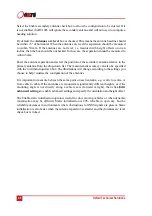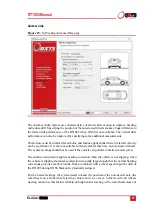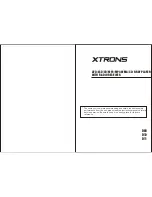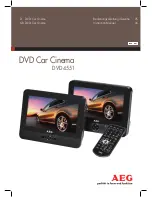
Oxford Technical Solutions
34
Hardware installation
It is essential to install the RT1003 rigidly in the vehicle. The INS should not be able to move
or rotate compared to either of the GNSS antennas or the vehicle itself, otherwise the
performance will be reduced. When used with additional mounting brackets, the RT1003 is
compatible with the RT-Strut mounting product. The RT-Strut can be used to provide a quick
and secure vehicle mounting option.
Installing the RT1003 is not difficult, but it is a precision instrument and care should be taken
not to subject it to extreme shock, vibration or temperature. While the RT1003 does not need
to be located at the precise point you wish to measure, try to keep any displacement to a
minimum.
For ease of use, it is best to try and mount the RT1003 so the IMU frame is aligned squarely
to the vehicle frame (±5° in each axis). If the system must be mounted in a misaligned way,
then those angle offsets must be measured and entered into NAVconfig.
Antenna placement and orientation
The placement and orientation of the GNSS antennas is important to the system accuracy. For
optimal performance it is essential to mount the antennas where they have a clear,
uninterrupted view of the sky and on a suitable ground plane, such as the roof of a vehicle if
made of a ferrous material. It is possible to mount one antenna on the roof and one on the
bonnet (hood), although in reality, the multipath reflections from the windscreen will degrade
the performance of the system.
For good multipath rejection the antennas should be mounted on a metal surface using the
magnetic mounts provided; no additional gap should be used. Multipath affects dual antenna
systems on stationary vehicles more than moving vehicles and it can lead to heading errors of
more than 0.5° RMS if the antennas are mounted poorly.
The antennas should not be mounted on non-conducting materials or near the edges of
conducting materials. If the antennas are to be mounted without a conductor below them, then
different antennas should be used. It is recommended to mount the antennas at least 30 cm
from any edge where possible.
Antennas should be spaced between 1 and 5 metres apart, and the antenna baseline should be
aligned with the vehicle’s longitudinal or lateral axes where possible. It is possible to use a
shorter antenna separation but the heading accuracy will be degraded. When mounting the
antennas, the secondary antenna should be mounted in the same orientation as the primary, as
shown in Figure 13. The direction the cable exits the antennas does not matter as long as it is
the same for both.

